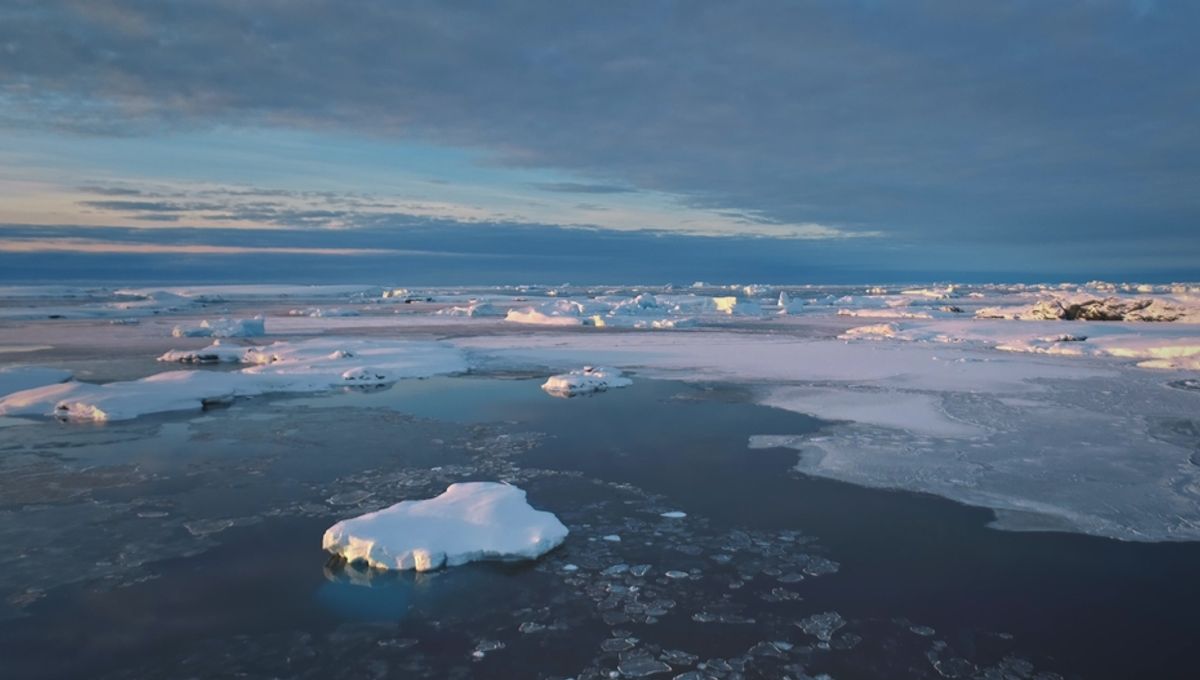
While most of us wouldn’t fancy being in the -2°C (28.4°F) water underneath Antarctica’s winter ice, for the sea-dwelling critters that usually live there, it’s positively balmy compared to the surface above. In fact, life thrives there – that is, until a so-called “finger of death” appears.
In the clip below from the BBC series Earth’s Great Seasons, film crews managed to capture the formation of one such finger, as it eerily crept toward the seabed and, once touching, proceeded to freeze everything within its path.
While such footage might give off the same vibe as a movie featuring the invasion of sinister long-fingered aliens, luckily, no extraterrestrial activity is involved – it’s a brinicle, a tube of ice that grows down in just a matter of hours, containing brine within it.
How do brinicles form?
When sea ice forms, the salts in seawater don’t become part of the structure; instead, they form pockets of cold brine within the ice, not freezing because of the high salt content. If given the chance to escape into the water below, this brine ends up sinking – the salt content makes it much denser than the water it’s going into.
Remember when we said the water underneath the ice was nice and (in relative terms) toasty? The brine is also much, much colder. As a result, as the stream of brine descends, it freezes the seawater around it, and lo and behold, you’ve got yourself a brinicle.
The tale doesn’t end there, however. Once the brinicle – also known as an ice stalactite – reaches the seafloor, it can continue to spread, freezing the ground and anything that’s on it alike.
Filming a brinicle in action
Capturing the formation process in action, however, is easier said than done. Even though scientists have been observing brinicles for decades, it wasn’t until 2011 that a crew working on the series Frozen Planet successfully filmed one forming for the first time.
“With the intense cold, and the need to change air tanks, divers couldn’t stay down long enough to capture an entire event,” as series produced Kathryn Jeffs explained in a behind-the-scenes clip.
The answer? An underwater camera that could take a time-lapse. The problem? Such a piece of kit didn’t exist. Luckily, underwater cameraman Hugh Miller was on the job, and after working around the clock to create a prototype, the crew managed to succeed where no one else had.
Source Link: What Are The Sinister "Fingers Of Death" Beneath Antarctic Ice?